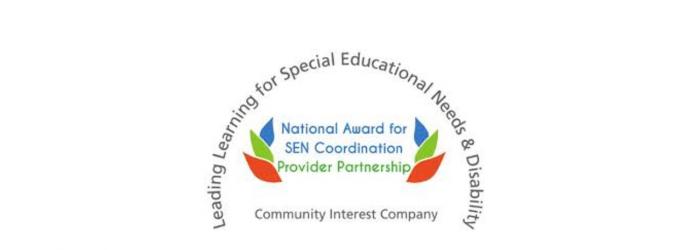
LLSENDCiC - The role of the SENCO in leading CPD
For a new-to-role SENCO, the prospect of leading their staff's professional development can conjure nightmarish images, whether that be rushing from a meeting or your classroom to deliver whole school inset or the general misconception that you should hold infinite knowledge on every need type.
But breathe a sigh of relief, as this is absolutely not the case. The role of the SENCO in leading CPD is predominantly about developing an awareness of the priorities for CPD in your setting and a knowledge of the range of CPD opportunities available and how to access them.
So, how do you begin to decide what the priorities for CPD are in your setting?
The biggest resource a school has is their staff, so an audit of staff skills and needs is a great place to start. Consider questions such as:
● Levels of confidence, especially in supporting high incidence needs
● Previous experience of working with specific need types
● Level of existing training - you many find you have a staff member with enhanced or specialist knowledge who is able to model good practice or lead some training
A staff CPD audit needn't be complex. Simple Likert scales are an effective way of quickly gaining measurable data and there are also free tools such as Natalie Packer’s SEN CPD Audit which can be downloaded and adapted for your setting.
Once you have an overview of experience and confidence in your staff, then it is time to marry this up with the profile of need in your setting. Whilst often existing data such as your SEND register and pupil progress data will give the clearest indication of where SEN CPD priorities should lie, it is important to also think through the impact of events outside of school on pupils’ needs.
As pupils return to school and we begin to see the impact lockdown has had in our classrooms, CPD may well need to focus on supporting the social, emotional and mental health needs to create an environment conducive to effective learning. The reflection framework within Whole School SEND’s COVID-19 SEND Review Guide is a particularly useful tool for thinking this through from teacher level through to SLT.
Once we have decided our CPD priorities, we need to think through how to deliver this effectively to ensure it has the desired impact on pupil outcomes. Whilst there will always be a place for whole school or departmental level inset for delivering key messages for large numbers of staff, for example, giving a basic awareness of a particular need type, this is not the only route.
Inset is only one option and there are many other approaches to CPD which are more individualised, more collaborative and often more effective. An accessible overview of some of these alternate approaches to CPD can be found in the SENCO Induction Pack including:
● Developing a learning wall
● Coaching (both team and peer)
● Joint planning
● Lesson study
Additionally, if you are supporting newly qualified teachers this year or have other colleagues who would benefit from an introduction to specific need types with resources and tips for the classroom, SEND Gateway’s Condition-specific videos are a fantastic free resource that can even be used as a discussion prompt at the beginning of more enhanced CPD.
Finally, how do we know that CPD has been effective? You may not straight away. You should have in mind from the planning stage measurable outcomes but make sure these are achievable and in realistic timescales. Evaluations at the end of a piece of CPD are usually useful to those who are leading/delivering but will not tell you if new practices have been embedded or importantly, the impact on pupil outcomes! Moreover, measurable outcomes do not always require you to undertake a large data trawl, it may be that you ask staff to try a certain approach and you undertake a lesson walk a few weeks later to see if this has been embedded in everyday practice.
So, whether you are new to the SENCO role, new to the school or returning to a school life that looks very different from this time last year, remember:
● CPD priorities should be generated by the needs of your pupils and staff.
● Coordinating does not always need to equate to delivery, make use of the expertise of your colleagues whether they are internal or external - look for opportunities for collaboration.
● Effective CPD does not need to just be talk and chalk from a specialist (though it has its place).
● Build in time for reflection and discussion to support new practices to become embedded.





